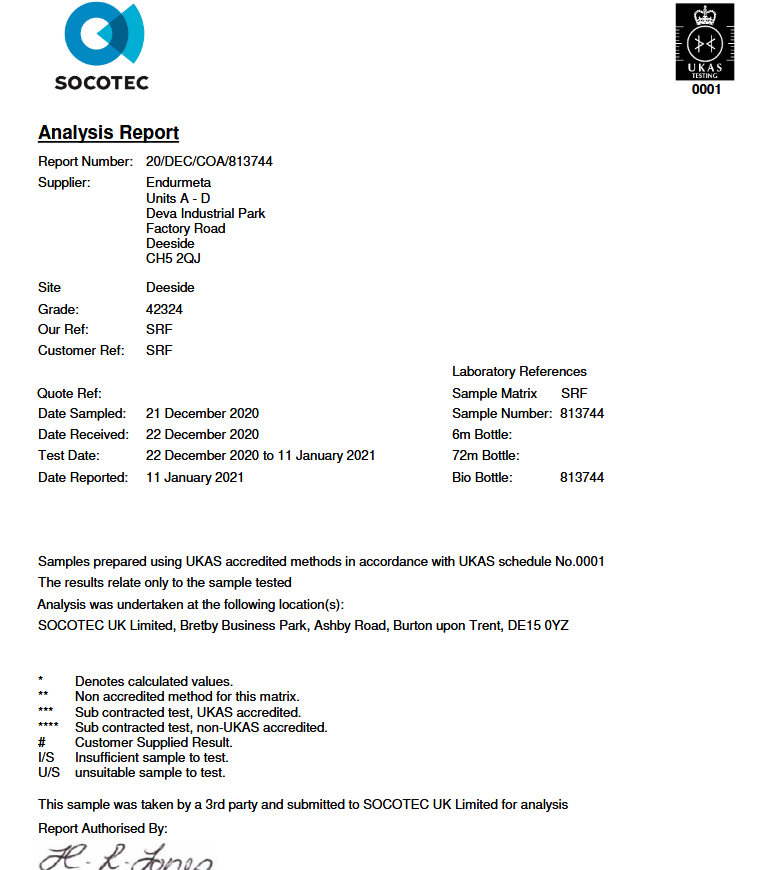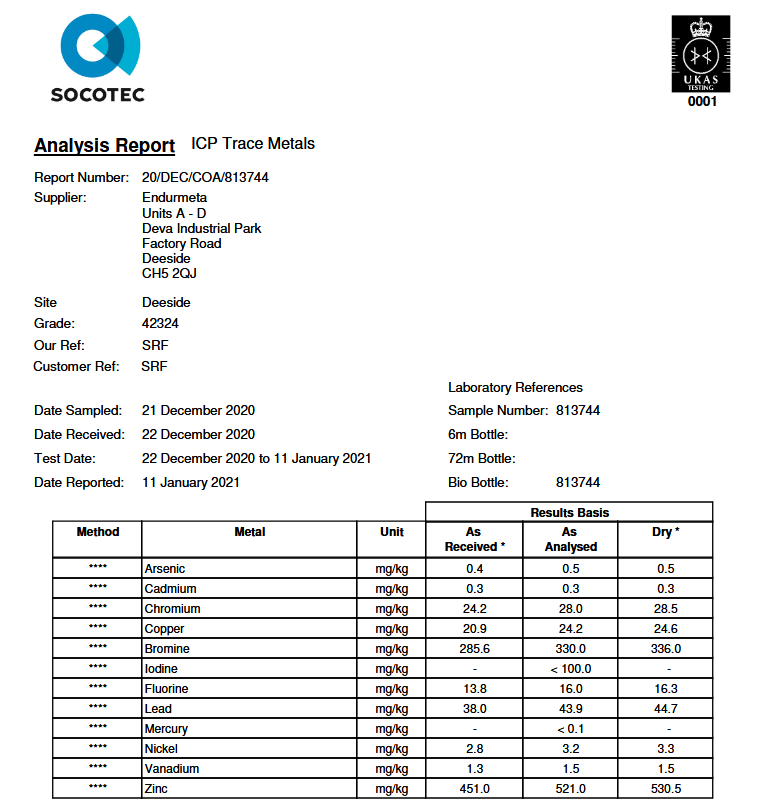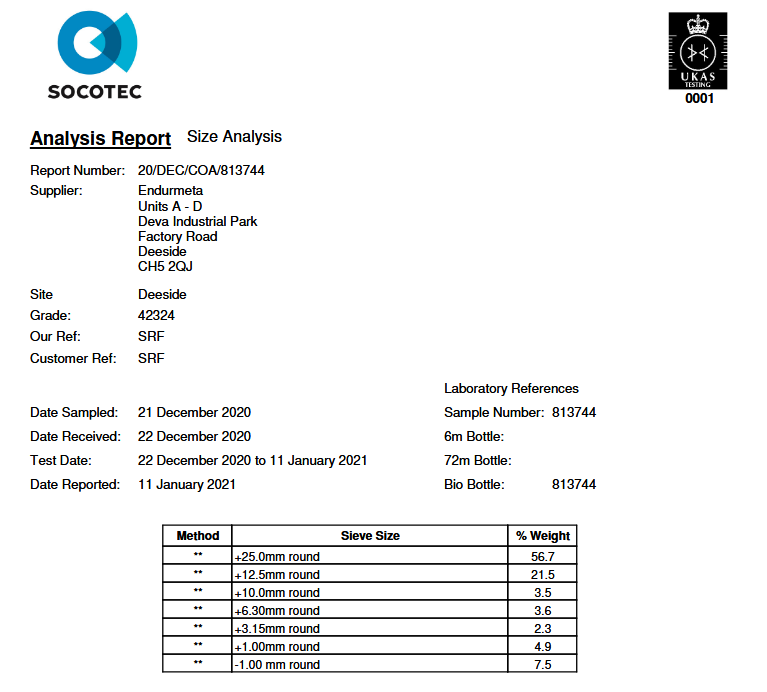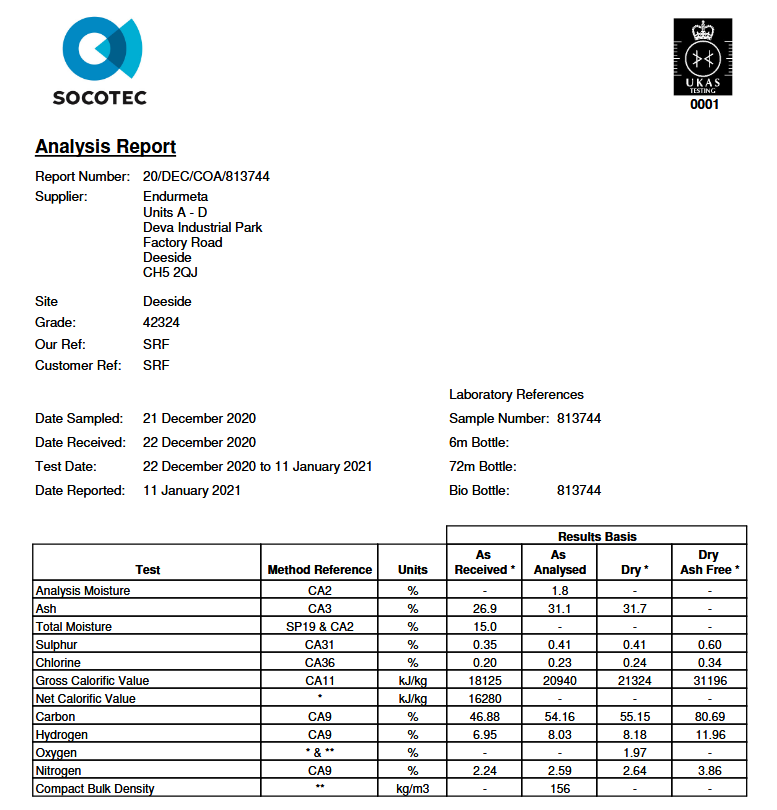Solid Revived Fuel
Revival or recycling of solid fuels
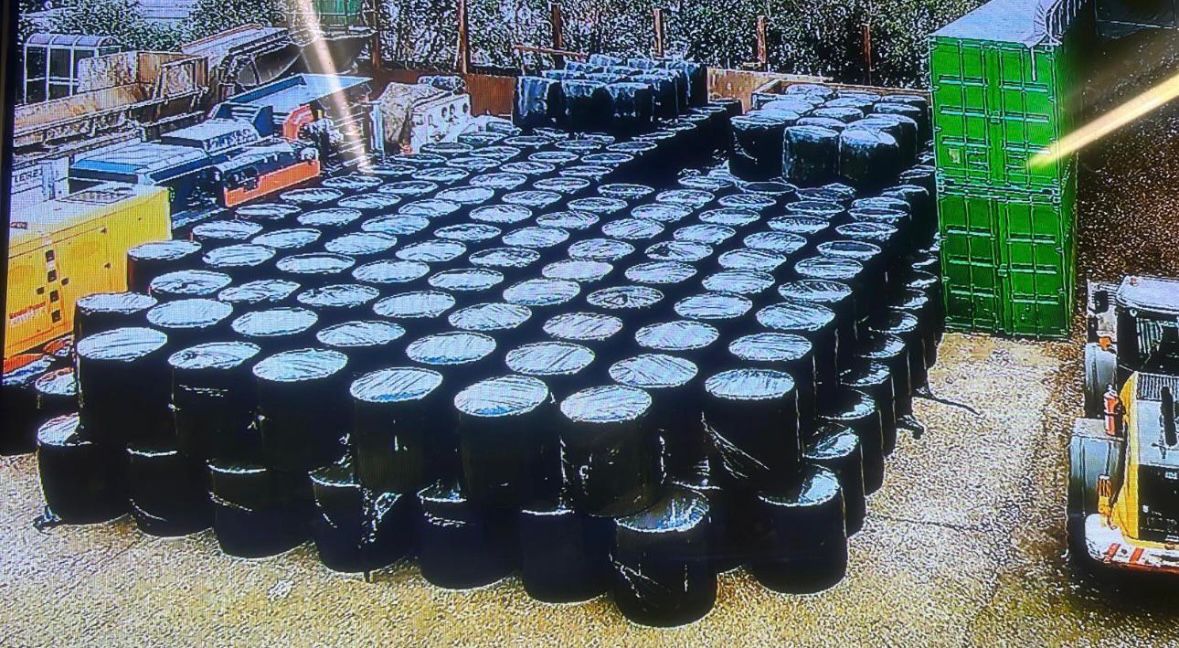
Solid Revived Fuel Process
dSolid Revived Fuel (SRF) refers to a type of alternative fuel produced from non-hazardous waste materials. These fuels are designed to replace traditional fossil fuels in industrial processes, such as in cement kilns or power plants. The Solid Revive Fuel Process involves the recovery, treatment, and conversion of solid waste materials into a usable fuel form.
Key Steps in the Process:
Collection of Waste Materials
Waste streams such as municipal solid waste (MSW), industrial waste, biomass, plastics, and paper are collected. Only non-hazardous, high-calorific value materials are selected.Sorting and Pre-treatment
Recyclable and non-combustible materials (e.g., metals, glass) are removed. The remaining waste is shredded, dried, and homogenized to ensure consistency in fuel quality.Conversion and Pelletizing (Optional)
The processed waste is often converted into pellets or briquettes to enhance ease of transport, storage, and combustion efficiency.Quality Control
The final SRF product is tested for calorific value, moisture content, ash content, and emissions potential to ensure it meets environmental and industrial standards.Combustion in Industrial Applications
SRF is used as a substitute for coal or other fossil fuels in energy-intensive industries, reducing dependence on non-renewable resources and lowering CO₂ emissions.
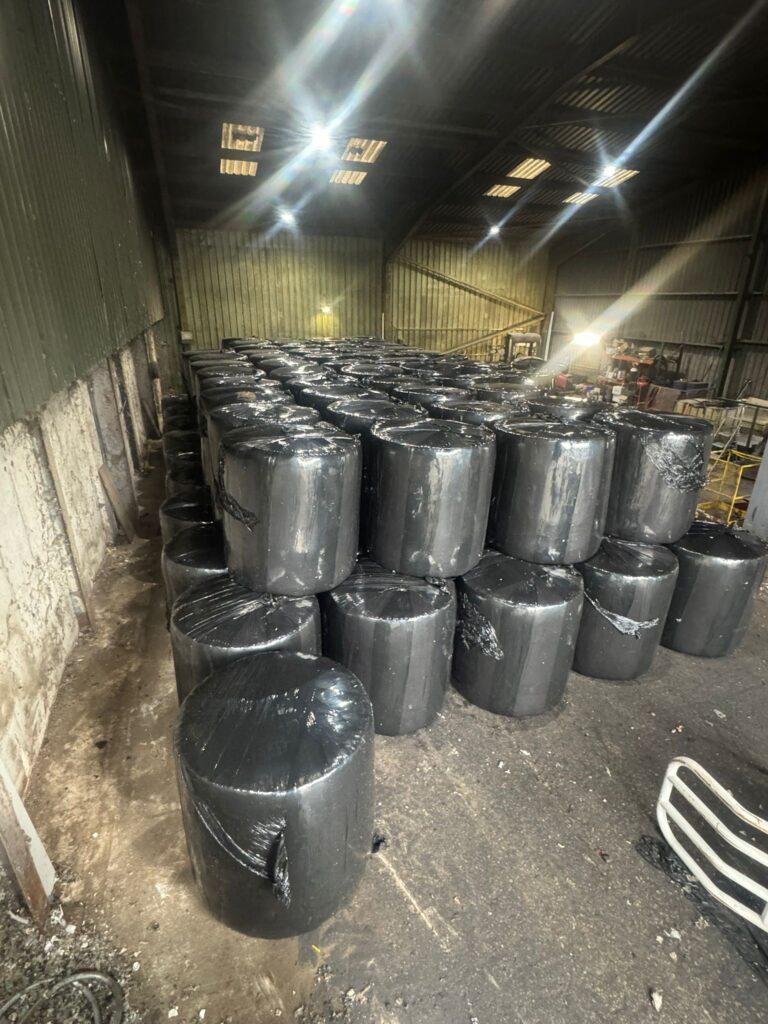
Benefits of the Process:
Reduces landfill use and waste volume
Converts waste into energy-rich fuel
Cuts down greenhouse gas emissions
Supports circular economy initiatives
Analysis Report.
